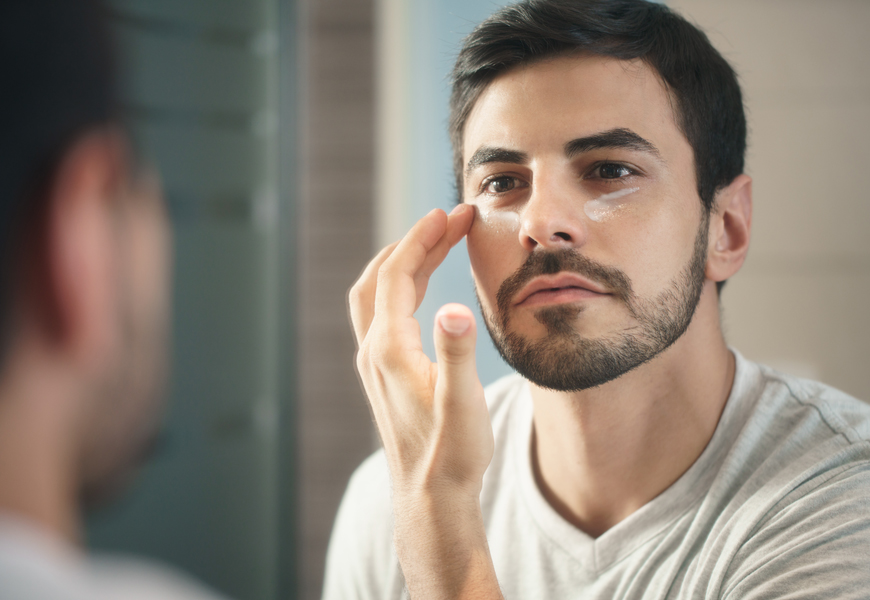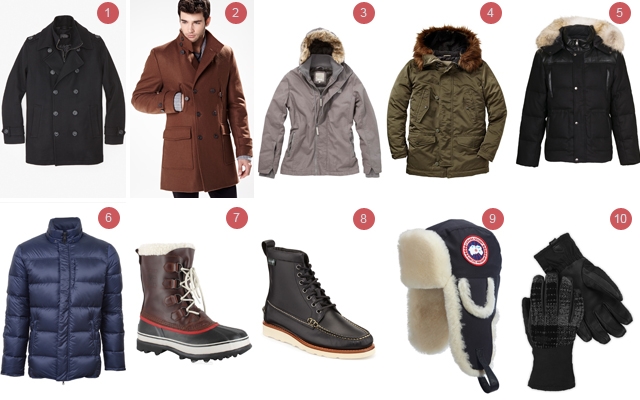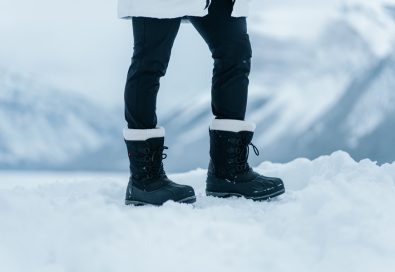…and no, you can’t just use your face cream as an eye cream alternative. Beyond being highly susceptible to the first signs of aging, like crow’s feet, fine lines and wrinkles, the skin around your eyes is thinner and more sensitive than the skin on your face. Many of the ingredients in your face and (God forbid) body lotions are too strong to use on the eye area and can cause stinging, burning and inflammation. Eye products have been specifically formulated with unique delivery systems to ensure that their ingredients provide your skin with what it needs. Here’s what the pros at Featuring You Spa in Toronto have to say about your undereye skin.
It’s thinner:
The eyelids and under-eyes have the thinnest skin on the entire body. The thinness makes it more delicate, vulnerable and prone to allergic reactions than other facial skin
It’s drier:
Unlike your forehead, chin, nose and cheeks, there are virtually no oil glands in the eye area, making it much more prone to dryness plus, show signs of aging much faster than the rest of your face.
It’s prone to milia:
Your regular moisturizer might be packed with actives that benefit the rest of your face, but, are just too highly concentrated for your delicate eye area. It can be too rich, where you end up with milia, tiny white bumps comprised of hardened keratin.
It’s more sensitive:
Thin, delicate skin tends to be more reactive. Even if you don’t have sensitive skin anywhere else, it’s common for the eye area to become irritated when exposed to certain products or ingredients.
It’s the first area to show signs of aging:
The skin around the eyes is the strain of 22 muscles in perpetual motion, thanks to facial expressions, squinting and even blinking. Plus, wrinkles are deepest in the areas where oil glands are less concentrated—which is why crow’s feet are a typical first sign of aging.
It gets puffy:
Because the skin is thin underneath the eyes, fluid retention appears more prominent.












